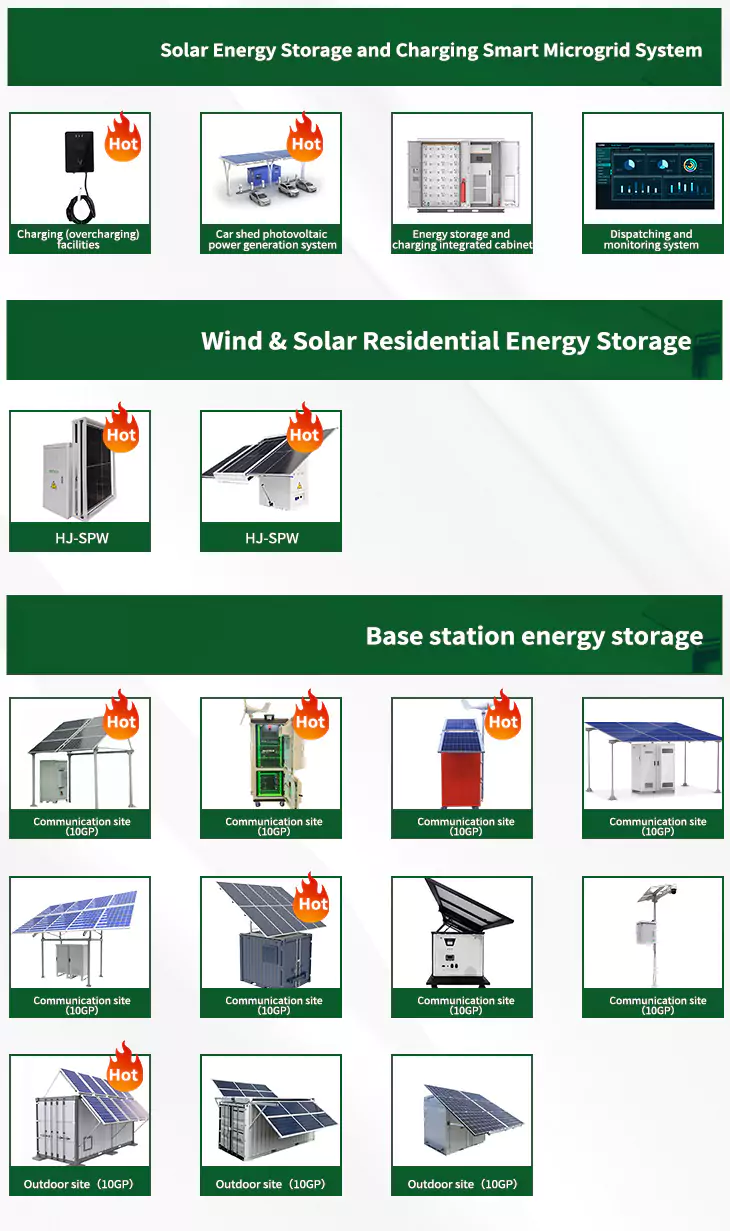About Photovoltaic panel dual-axis rotation
A solar tracker is a device that follows the sun as it moves across the sky. When solar trackers are coupled with solar panels, the panels can follow the path of the sun and produce more renewable energy for you to use. Solar trackers are usually paired with ground-mount solar systems, but recently, rooftop-mounted.
Solar trackers can greatly increase the cost of a photovoltaic solar installation. A standard 4-kilowatt ground-mounted solar system will cost about $13,000. Tracking equipment can cost anywhere from $500 per panel to over $1,000.
In most cases, solar trackers are not worth the additional investment, even though they do produce more electricity. Because solar panels are cheaper.
In almost all scenarios, especially for residential solar systems, solar trackers are not worth the additional investment. This is why solar trackers aren’t widely used in the residential solar industry. Where solar trackers do.
As the photovoltaic (PV) industry continues to evolve, advancements in Photovoltaic panel dual-axis rotation have become critical to optimizing the utilization of renewable energy sources. From innovative battery technologies to intelligent energy management systems, these solutions are transforming the way we store and distribute solar-generated electricity.
When you're looking for the latest and most efficient Photovoltaic panel dual-axis rotation for your PV project, our website offers a comprehensive selection of cutting-edge products designed to meet your specific requirements. Whether you're a renewable energy developer, utility company, or commercial enterprise looking to reduce your carbon footprint, we have the solutions to help you harness the full potential of solar energy.
By interacting with our online customer service, you'll gain a deep understanding of the various Photovoltaic panel dual-axis rotation featured in our extensive catalog, such as high-efficiency storage batteries and intelligent energy management systems, and how they work together to provide a stable and reliable power supply for your PV projects.
Related Contents
- Who are the professional photovoltaic panel teams
- Jingyi Seraphim Photovoltaic Panel
- Photovoltaic panel 3D production line
- Photovoltaic panel cleaning have you turned off the power
- Which 18v photovoltaic panel is better
- Photovoltaic panel factory sales ideas
- How to open the lid of the photovoltaic panel box
- How to install the photovoltaic panel fixing plate
- The shelf under the photovoltaic panel
- Photovoltaic panel cutting tool brand ranking
- Fix the photovoltaic panel cement base
- Skyworth Solar Photovoltaic Panel Manufacturer


